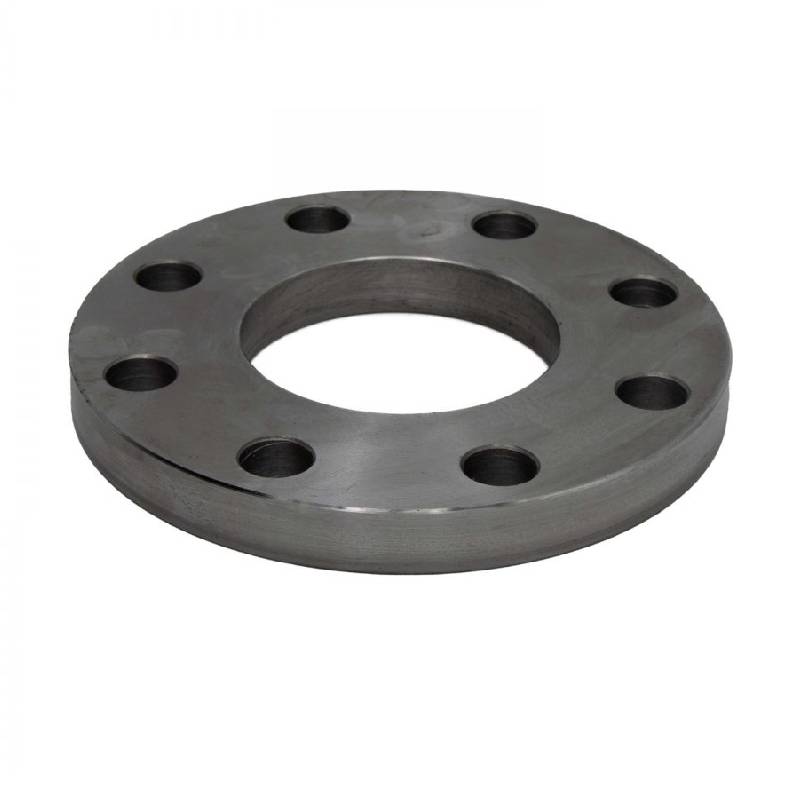-
Cangzhou Yulong Steel Co., Ltd.
-
Phone:
+86 13303177267 -
Email:
admin@ylsteelfittings.com
- English
- Arabic
- Italian
- Spanish
- Portuguese
- German
- kazakh
- Persian
- Greek
- French
- Russian
- Polish
- Thai
- Indonesian
- Vietnamese
- Zulu
- Korean
- Uzbek
- Hindi
- Serbian
- Malay
- Ukrainian
- Gujarati
- Haitian Creole
- hausa
- hawaiian
- Hebrew
- Miao
- Hungarian
- Icelandic
- igbo
- irish
- Japanese
- Javanese
- Kannada
- Khmer
- Rwandese
- Afrikaans
- Albanian
- Amharic
- Armenian
- Azerbaijani
- Basque
- Belarusian
- Bengali
- Bosnian
- Bulgarian
- Catalan
- Cebuano
- China
- China (Taiwan)
- Corsican
- Croatian
- Czech
- Danish
- Esperanto
- Estonian
- Finnish
- Frisian
- Galician
- Georgian
- Kurdish
- Kyrgyz
- Lao
- Latin
- Latvian
- Lithuanian
- Luxembourgish
- Macedonian
- Malgashi
- Malayalam
- Maltese
- Maori
- Marathi
- Mongolian
- Myanmar
- Nepali
- Norwegian
- Norwegian
- Occitan
- Pashto
- Dutch
- Punjabi
- Romanian
- Samoan
- Scottish Gaelic
- Sesotho
- Shona
- Sindhi
- Sinhala
- Slovak
- Slovenian
- Somali
- Sundanese
- Swahili
- Swedish
- Tagalog
- Tajik
- Tamil
- Tatar
- Telugu
- Turkish
- Turkmen
- Urdu
- Uighur
- Welsh
- Bantu
- Yiddish
- Yoruba

Oct . 11, 2024 14:48 Back to list
Exploring the Best Techniques for Flange Tapping and Installation
Understanding Flange Taps An Essential Component in Connection Systems
Flange taps are vital components in various engineering applications, particularly in piping and plumbing systems. They serve crucial roles in ensuring the efficient and reliable transmission of fluids and gases between different sections of a system. This article delves into the significance, types, and installation processes of flange taps, highlighting their importance in maintaining the integrity of connections.
What are Flange Taps?
Flange taps are mechanical devices used to create a threaded connection in a flange. A flange is a flat piece of metal or other material with a hole pattern that allows it to be bolted to another flange or surface, forming a joint that can seal against pressure and maintain system stability. Flange taps enable the integration of additional components, such as valves, gauges, or sensors, into a piping system.
These taps come in various sizes and configurations, corresponding to the different standards and requirements of the systems in which they are used. Common materials for flange taps include stainless steel, brass, and plastic, each selected according to the medium being transported, temperature, and pressure parameters.
Types of Flange Taps
Flange taps can be categorized based on their design and application
1. Standard Flange Taps These are designed for general applications and can be found in plumbing, HVAC systems, and industrial machinery. They provide a straightforward and secure connection between flanges.
2. Blind Flange Taps These taps are used when a permanent connection is needed, often where no further piping or fittings will attach. Blind flange taps block the end of a piping system safely.
3. Half-Size Flange Taps These smaller taps allow for more compact installations, suitable for limited space environments. They are ideal in applications where full-sized taps might be impractical.
4. Custom Flange Taps In specialized industries, custom flange taps can be manufactured to meet specific dimensional and performance criteria. Such customization ensures optimal operation based on precise engineering demands.
flange taps

Importance of Flange Taps in Systems
The use of flange taps in piping systems enhances versatility and functionality. They provide access points for maintenance and testing, allowing for pressure testing or the installation of flow meters without disrupting the entire system. Furthermore, they contribute to safety by enabling shut-off points in case of leaks or system failures.
In industries such as oil and gas, water treatment, and food processing, the reliability and durability of flange taps are crucial. Any failure in a flange tap can lead to significant downtime, costly repairs, and safety hazards. Thus, choosing the correct type of flange tap, ensuring proper installation, and performing regular maintenance checks can greatly enhance operational efficiency.
Installation Process for Flange Taps
The installation of flange taps requires careful planning and execution to ensure a reliable and leak-free connection
1. Preparation Before installation, ensure that all components are clean and free from debris. Inspect the flanges for any damage that could affect the sealing.
2. Alignment Properly align the flange taps with the corresponding flanges. Misalignment can lead to uneven pressure distribution and potential failure.
3. Secure Fastening Use appropriate bolts and nuts to secure the connection. Follow the manufacturer's torque specifications to avoid over-tightening, which can cause flange distortion.
4. Testing After installation, conduct pressure testing to verify the integrity of the connection. This step is essential to identify any leaks before the system goes into full operation.
Conclusion
Flange taps play an indispensable role in enhancing the versatility and functionality of piping systems. With their various types and applications, these components ensure efficient and reliable connections, making them essential in numerous industries. Understanding their importance and following proper installation procedures contribute significantly to the safety and efficiency of engineering systems.
Latest news
-
ANSI 150P SS304 SO FLANGE
NewsFeb.14,2025
-
ASTM A333GR6 STEEL PIPE
NewsJan.20,2025
-
ANSI B16.5 WELDING NECK FLANGE
NewsJan.15,2026
-
ANSI B16.5 SLIP-ON FLANGE
NewsApr.19,2024
-
SABS 1123 FLANGE
NewsJan.15,2025
-
DIN86044 PLATE FLANGE
NewsApr.19,2024
-
DIN2527 BLIND FLANGE
NewsApr.12,2024
-
JIS B2311 Butt-Welding Fittings LR/SR 45°/90° /180°Seamless/Weld
NewsApr.23,2024











